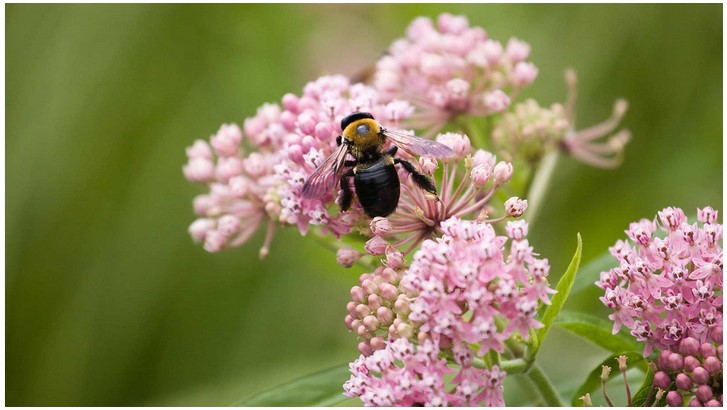
Carpenter bees are a type of bee that is often mistaken for bumblebees due to their similar size and coloring. However, unlike bumblebees, carpenter bees do not have stingers. Despite this, they can still be a nuisance to homeowners due to their habit of boring into wood to create nests. In this article, we will discuss the behavior of carpenter bees, including their nesting habits, diet, and other interesting facts. We will also discuss how to identify carpenter bees and how to prevent them from nesting in your home.
Do Carpenter Bees Have Stingers? Exploring the Facts
Carpenter bees are a type of bee that is found in many parts of the world. They are known for their large size and their ability to bore into wood. While they may look intimidating, many people wonder if they have stingers and if they pose a threat. This article will explore the facts about carpenter bees and their stingers.
Carpenter bees are a type of bee that belongs to the genus Xylocopa. They are found in many parts of the world, including North America, Europe, and Asia. They are large bees, typically measuring between 0.5 and 1 inch in length. They are black or blue-black in color and have a metallic sheen.
Carpenter bees do not have stingers. Instead, they have a modified ovipositor, which is an organ used for laying eggs. This organ is not used for stinging and is not capable of delivering venom. Therefore, carpenter bees are not capable of stinging humans or other animals.
Despite the fact that carpenter bees do not have stingers, they can still be a nuisance. They are known for boring into wood, which can cause damage to structures. They also have a loud buzzing sound that can be annoying.
In conclusion, carpenter bees do not have stingers. They are not capable of stinging humans or other animals. However, they can still be a nuisance due to their loud buzzing sound and their ability to bore into wood.
How to Identify Carpenter Bees and Their Stingers
Carpenter bees are large, black and yellow bees that are commonly found in North America. They are often mistaken for bumblebees, but they can be distinguished by their size and coloration. Carpenter bees are typically larger than bumblebees and have a black abdomen with yellow or white markings.
Carpenter bees are solitary bees, meaning they do not live in colonies like bumblebees. They are also known to be aggressive and will sting if they feel threatened. However, they are not known to be aggressive towards humans and will usually only sting if they are handled or disturbed.
Carpenter bees are beneficial pollinators and can help to increase crop yields. They are also important for the pollination of wildflowers and other native plants.
The sting of a carpenter bee is similar to that of a honeybee or wasp. It is painful and can cause swelling and redness at the site of the sting. In some cases, it can also cause an allergic reaction. If you are stung by a carpenter bee, it is important to seek medical attention if you experience any signs of an allergic reaction.
Carpenter bees can be identified by their size and coloration. They are typically larger than bumblebees and have a black abdomen with yellow or white markings. They can also be identified by their nesting habits, as they are known to bore into wood to create their nests.
In conclusion, carpenter bees are large, black and yellow bees that are commonly found in North America. They are beneficial pollinators and can help to increase crop yields. They are also important for the pollination of wildflowers and other native plants. They can be identified by their size and coloration, as well as their nesting habits. Although they are not known to be aggressive towards humans, they can sting if they feel threatened. If you are stung by a carpenter bee, it is important to seek medical attention if you experience any signs of an allergic reaction.
Conclusion
In conclusion, carpenter bees do have stingers, but they rarely use them. They are more likely to buzz around and make loud noises to scare away potential predators. They are also beneficial pollinators and can help to increase the yield of crops. However, they can cause damage to wood structures if their nesting habits are not managed properly. Therefore, it is important to understand their behavior and take the necessary steps to protect your property from carpenter bee damage.